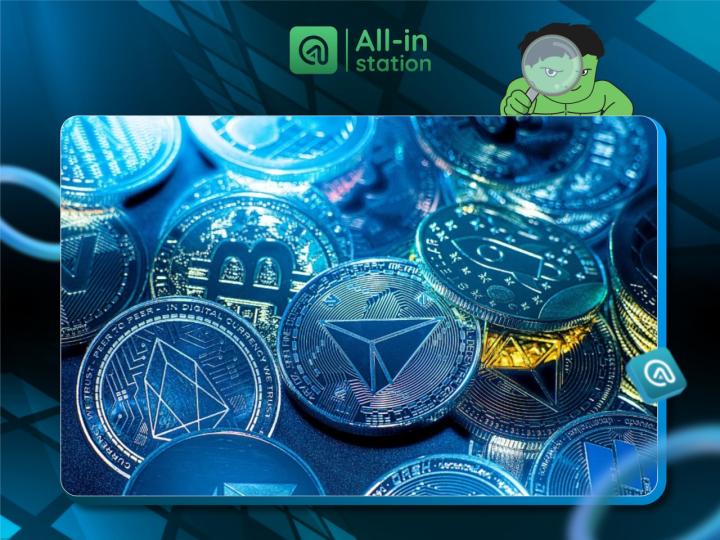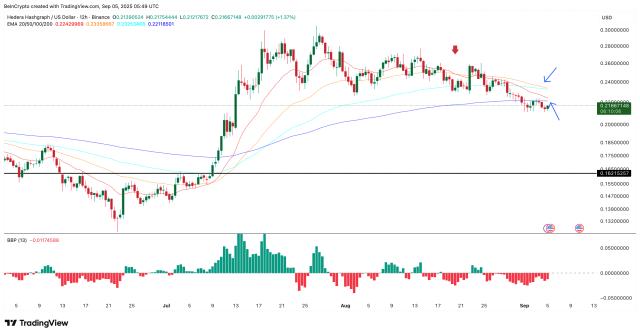
When discussing the impact of stablecoins, the market generally worries about their potential threat to bank deposits and money market funds. However, Bloomberg reports that the credit card industry may be the one bearing the brunt of the impact. High card transaction fees have long reaped huge profits for banks and payment giants, but these risks are being challenged by retail giants like Amazon exploring their own stablecoins.
Stablecoins strike hard: Credit card fees become the biggest weakness
Credit card transactions in the United States are significantly more expensive than in Europe, with average fees ranging from 1.5% to 3%. These fees support reward points systems and the livelihoods of payment networks like Visa, Mastercard, and American Express. However, the existence of stablecoins offers a faster and cheaper alternative.
If retailers can convince consumers to switch to their own brand of stablecoins, they can not only reduce the cost of swiping cards, but also absorb the profits brought by the income of U.S. Treasury reserves, further expanding their profit margins.
Stablecoins under the GENIUS framework: Enterprises promote, banks resist
TheGENIUS Act, passed earlier by the United States, provides a clear compliance path for payment stablecoins. Financial institutions and companies in the United States , South Korea , Japan , Hong Kong , China , and the European Union have begun exploring the issuance of their own stablecoins.
To prevent stablecoins from competing with deposit accounts or money market funds, regulations also impose a key restriction: issuers cannot directly return profits to holders. However, Coinbase and PayPal have chosen to package these as " rewards programs ," indirectly distributing returns to users.
Banks and lobbying groups have expressed concerns about this, emphasizing that payment stablecoins have neither lending business nor securities regulation, and should not provide interest or income like the banking model, posing a threat to traditional finance.
The ambitions of retail giants: from Amazon to Walmart
Major retailers have already recognized the opportunity. Amazon and Walmart have revealed they are exploring their own stablecoins, aiming to boost profits by reducing fees and gaining control over the payment process. While non-financial companies are legally prohibited from independently issuing stablecoins, they can partner with issuers or intermediaries like Circle or Paxos to launch them.
Circle CEO Jeremy Allaire once said: "In the future, we hope to work with retailers to build a stablecoin payment network that can challenge Visa and Mastercard."
Is the moat of traditional payment still solid?
American Express CEO Stephen Squeri believes that traditional payment systems still have advantages: including fraud protection, dispute resolution, convenience and point rewards.
However, upon closer inspection, these advantages are built on high credit card fees. Once stablecoins offer equally or even more attractive incentives while maintaining lower fees, these traditional advantages will be rapidly diluted.
Furthermore, if retailers collaborate with buy now, pay later (BNPL) operators, they could even replicate the borrowing function of credit cards, posing a more direct challenge to banks.
Looking Ahead at the Stablecoin Payment Revolution: Credit Card Companies Bear the Bruins
Senator Richard Durbin has been pushing for years for legislation to reduce credit card fees, emulating practices in Europe and the UK, but the bill remains pending. Technological innovation and the expansion of retail giants are making it difficult for the payments industry to rest on its laurels. Bloomberg bluntly stated, "In this payments revolution, stablecoins could be the death knell for the core of credit cards."
In the U.S., the payments industry has gotten too comfortable. Stablecoins will disrupt credit card transactions far more than they will money market funds and deposit accounts.
The article "Stablecoins Are the Biggest Threat to the Credit Card Industry: How Low Fees Can Disrupt Payment Networks" originally appeared on ABMedia ABMedia .







